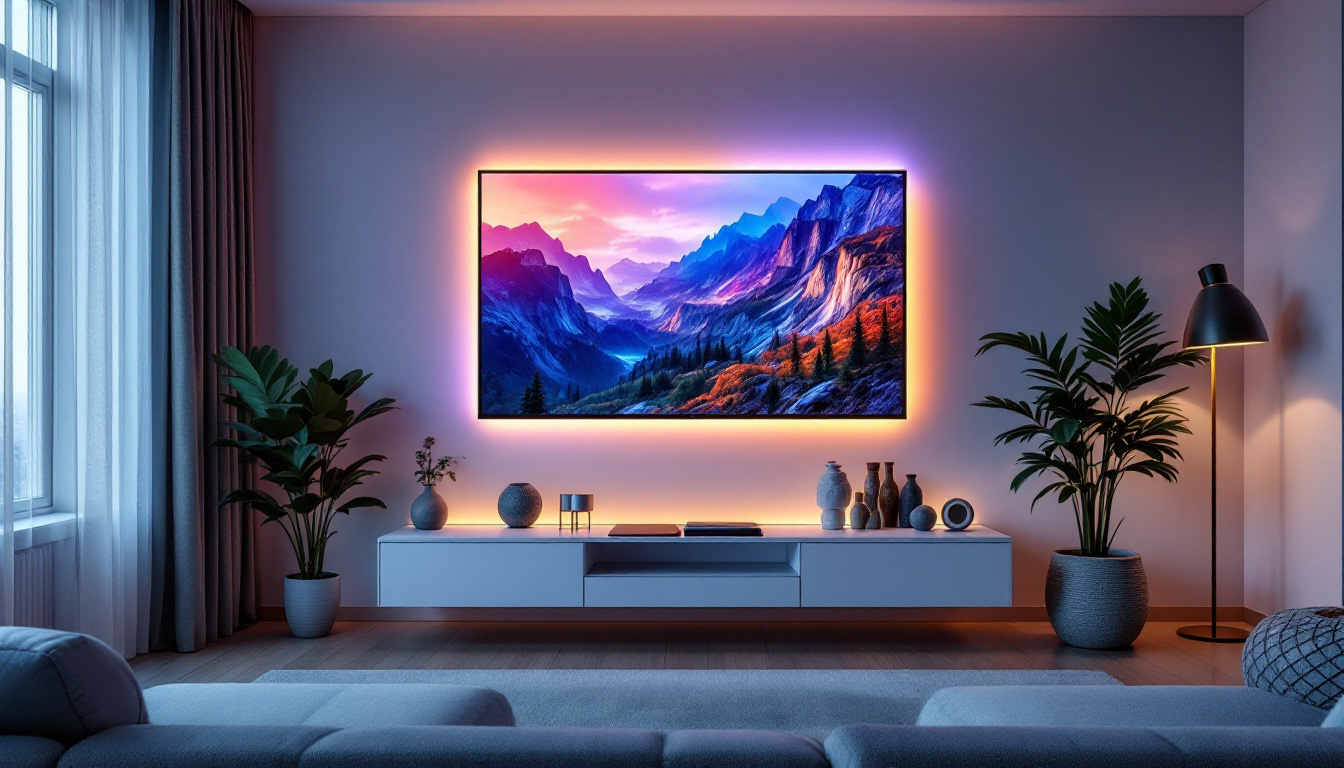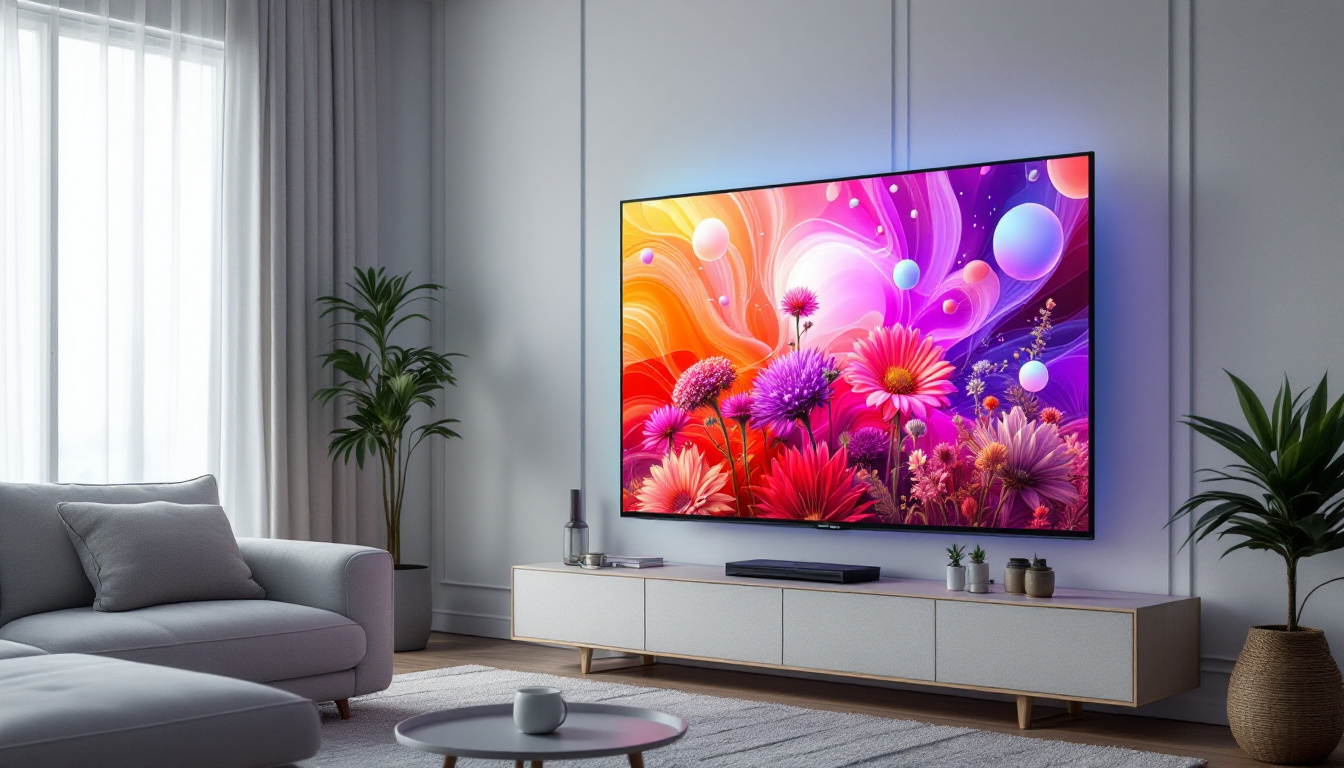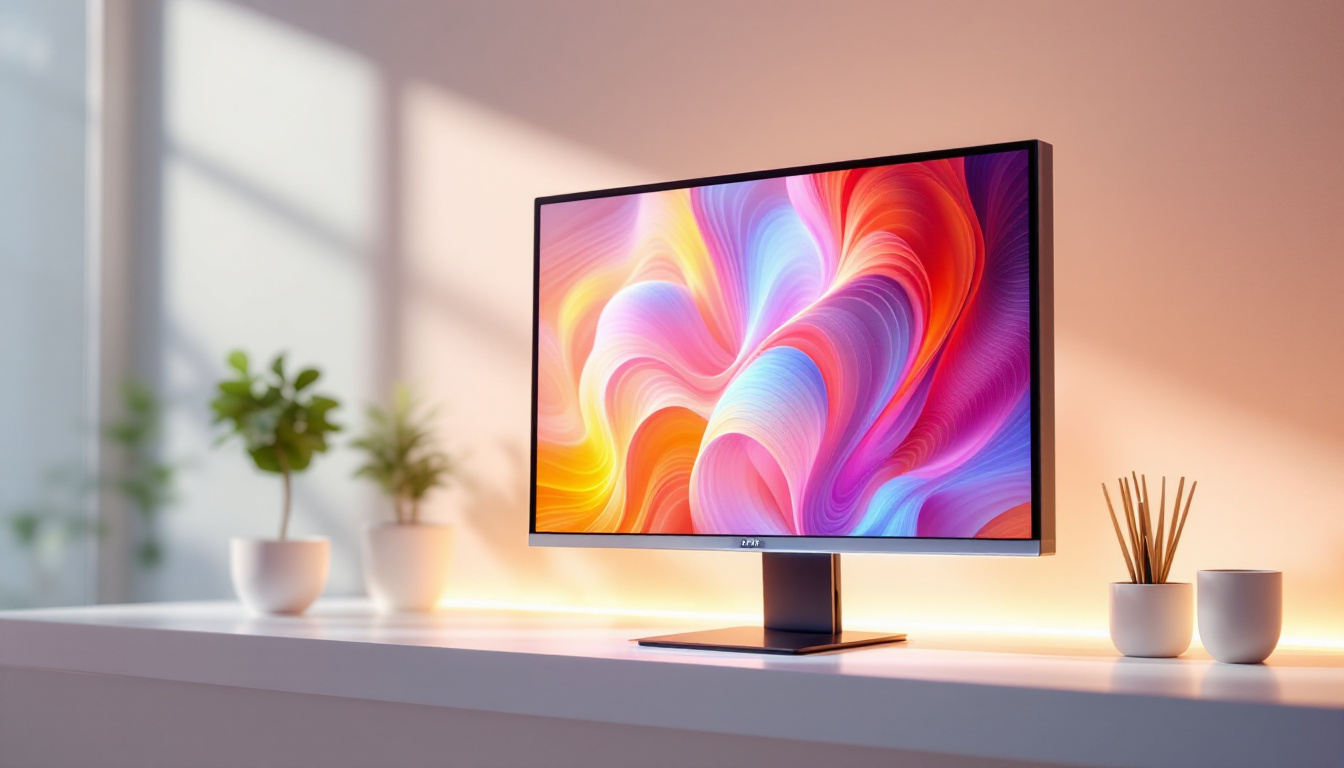Introduction to DisplayPort Technology
DisplayPort has become a cornerstone in the realm of digital display technology, particularly for high-resolution monitors and advanced graphics applications. As the demand for higher resolutions and refresh rates increases, the evolution of DisplayPort standards plays a crucial role in meeting these needs. Two prominent versions, DisplayPort 1.4 and 1.4A, have sparked discussions among tech enthusiasts and professionals alike. This article will delve into the differences and similarities between these two versions, shedding light on their capabilities and implications for LED displays.
One of the standout features of DisplayPort 1.4 is its ability to support 8K resolution at 60Hz, a significant leap forward for gamers and content creators who require ultra-high-definition visuals. This capability is made possible through the use of Display Stream Compression (DSC), which allows for efficient data transmission without compromising image quality. Furthermore, DisplayPort 1.4 also supports High Dynamic Range (HDR), enhancing the color depth and contrast of images displayed on compatible monitors. This means that users can experience more vibrant colors and deeper blacks, making it an attractive option for filmmakers and graphic designers who rely on accurate color representation.
In contrast, DisplayPort 1.4A builds upon the solid foundation established by its predecessor by introducing additional features that cater to the evolving needs of the industry. This version enhances support for Adaptive Sync technology, which helps to eliminate screen tearing and stuttering during fast-paced gaming sessions. Moreover, DisplayPort 1.4A includes improvements in audio transmission, allowing for higher bandwidth audio formats to be delivered alongside video signals. This is particularly beneficial for users who utilize their displays for both gaming and media consumption, as it ensures a seamless audio-visual experience. As the technology continues to advance, understanding these nuances between versions becomes essential for anyone looking to optimize their display setup.
Understanding DisplayPort 1.4
Released in March 2016, DisplayPort 1.4 introduced several enhancements over its predecessor, DisplayPort 1.3. One of the most significant improvements is its support for higher resolutions and refresh rates. With a maximum bandwidth of 32.4 Gbps, DisplayPort 1.4 can handle 8K resolutions at 60Hz with 4:2:0 chroma subsampling or 4K at 120Hz with full 4:4:4 color. This capability not only caters to the needs of high-end gamers but also benefits professionals in fields like video editing and graphic design, where clarity and detail are paramount.
This version also brought support for High Dynamic Range (HDR) content, allowing for a more vibrant and lifelike visual experience. HDR enhances the range of color and brightness levels displayed on the screen, making dark areas darker and bright areas brighter, which is particularly noticeable in scenes with high contrast. Additionally, DisplayPort 1.4 supports Display Stream Compression (DSC), which enables the transmission of high-resolution images without sacrificing quality, making it ideal for gamers and professionals who rely on detailed visuals. The ability to maintain image integrity while pushing the limits of resolution and refresh rates is a game-changer for many users.
Key Features of DisplayPort 1.4
Some of the standout features of DisplayPort 1.4 include:
- High Bandwidth: With a maximum bandwidth of 32.4 Gbps, it supports high resolutions and refresh rates.
- HDR Support: Enhanced color and contrast for a more immersive viewing experience.
- DSC: Allows for higher resolutions without compromising image quality.
Furthermore, DisplayPort 1.4 also includes support for Multi-Stream Transport (MST), which allows multiple displays to be connected through a single DisplayPort output. This feature is particularly useful for professionals who require a multi-monitor setup for increased productivity or for gamers who want an expansive field of view. The ability to daisy-chain multiple monitors simplifies cable management and enhances the overall aesthetic of a workspace or gaming station.
Another noteworthy aspect of DisplayPort 1.4 is its backward compatibility with previous versions, ensuring that users can still utilize older displays and cables without any issues. This flexibility makes it easier for users to upgrade their systems incrementally, rather than needing to replace all components at once. Additionally, the inclusion of features like Adaptive Sync technology helps to eliminate screen tearing and stuttering, providing a smoother gaming experience, which is crucial for competitive gaming scenarios.
The Evolution to DisplayPort 1.4A
Following the success of DisplayPort 1.4, the 1.4A version was introduced in 2018. While it retains the core features of 1.4, it includes some important updates that enhance compatibility and functionality. The primary focus of DisplayPort 1.4A was to improve the support for HDR and to address some of the limitations observed in the earlier version.
One of the notable advancements in DisplayPort 1.4A is the inclusion of the Display Stream Compression 1.2a standard, which further optimizes the compression process. This allows for even more efficient transmission of high-resolution content, making it particularly beneficial for applications that demand high fidelity and performance.
Improvements in DisplayPort 1.4A
DisplayPort 1.4A builds on its predecessor with the following enhancements:
- Enhanced HDR Support: Improved handling of HDR content for better brightness and color accuracy.
- Compatibility: Better support for various display types, ensuring a seamless user experience.
- Streamlined Compression: The updated DSC standard allows for more efficient data transfer.
In addition to these improvements, DisplayPort 1.4A also introduced support for higher refresh rates at 4K resolutions, which is crucial for gaming and professional applications where smooth motion is paramount. This capability allows gamers to experience a more fluid gameplay experience, reducing motion blur and enhancing overall visual clarity. Furthermore, the ability to support 8K resolutions at 60Hz with DSC means that users can enjoy ultra-high-definition content without sacrificing performance, making it an attractive option for both gamers and content creators alike.
Another significant aspect of DisplayPort 1.4A is its commitment to future-proofing technology. With the increasing prevalence of multi-monitor setups and the demand for high-resolution displays, the enhancements in bandwidth and data management ensure that users can seamlessly connect multiple displays without degradation in quality. This is particularly important in professional environments such as graphic design, video editing, and gaming, where visual fidelity is critical. The advancements in DisplayPort 1.4A not only cater to current needs but also lay the groundwork for future innovations in display technology.
Comparing DisplayPort 1.4 and 1.4A
While DisplayPort 1.4 and 1.4A share many similarities, there are key differences that set them apart. Understanding these distinctions can help users make informed decisions when selecting hardware and cables for their display needs.
Bandwidth and Resolution Support
Both DisplayPort 1.4 and 1.4A offer a maximum bandwidth of 32.4 Gbps, allowing for high-resolution displays. However, the enhancements in 1.4A provide better support for HDR content, which can significantly impact the viewing experience, especially in gaming and professional environments.
HDR Performance
HDR performance is one of the most critical aspects when comparing these two versions. DisplayPort 1.4A’s improved HDR capabilities allow it to handle a wider range of brightness levels and colors. This enhancement means that users can expect more vibrant visuals and a more immersive experience when using displays that support HDR.
Future-Proofing and Compatibility
When considering future-proofing, DisplayPort 1.4A offers an edge due to its improved compatibility with newer display technologies. As manufacturers continue to innovate, having a standard that can accommodate these advancements ensures that users will not need to upgrade their hardware as frequently.
Real-World Applications of DisplayPort 1.4 and 1.4A
Understanding the practical implications of these DisplayPort versions is essential for users who rely on high-quality visual output. Both DisplayPort 1.4 and 1.4A are widely used in various applications, from gaming to professional graphics work.
Gaming
For gamers, the choice between DisplayPort 1.4 and 1.4A can significantly affect the gaming experience. The ability to support high refresh rates and resolutions is crucial for competitive gaming. DisplayPort 1.4A, with its enhanced HDR capabilities, provides a more immersive experience, allowing gamers to see more detail in shadows and highlights.
Professional Graphics and Design
In professional settings, such as graphic design and video editing, color accuracy and detail are paramount. DisplayPort 1.4A’s superior HDR support makes it an ideal choice for professionals who require precise color representation and high dynamic range in their work. The ability to work with 8K displays further enhances creative possibilities.
Home Entertainment
For home entertainment systems, both DisplayPort 1.4 and 1.4A offer excellent performance. However, the enhanced HDR support in 1.4A can elevate the viewing experience for movies and TV shows, making it a preferred choice for home theater enthusiasts.
Choosing the Right Cables and Adapters
When upgrading to DisplayPort 1.4 or 1.4A, selecting the right cables and adapters is crucial to fully utilize the capabilities of these standards. Not all cables are created equal, and using subpar options can lead to performance issues.
Understanding Cable Specifications
To take full advantage of DisplayPort 1.4 or 1.4A, users should look for cables that are certified for these standards. Certified cables ensure that they can handle the required bandwidth and support features like DSC and HDR. It’s advisable to check for the DisplayPort logo on cables and adapters to confirm their compatibility.
Active vs. Passive Cables
Another important consideration is whether to use active or passive cables. Active cables contain built-in signal boosters, making them suitable for longer distances without signal degradation. Passive cables, on the other hand, are typically used for shorter runs and are more cost-effective. Understanding the specific needs of the setup will help in making the right choice.
Conclusion: The Future of DisplayPort Technology
As technology continues to evolve, DisplayPort standards will likely adapt to meet the growing demands for higher resolutions, refresh rates, and enhanced visual experiences. While DisplayPort 1.4 and 1.4A are both robust options, the advancements in 1.4A position it as a more future-proof choice for users looking to invest in high-quality display technology.
In summary, the choice between DisplayPort 1.4 and 1.4A ultimately depends on specific use cases and requirements. Whether for gaming, professional work, or home entertainment, understanding the differences and capabilities of these standards can lead to a more satisfying visual experience.
Explore Cutting-Edge LED Displays with LumenMatrix
Ready to experience the ultimate visual performance with your displays? LumenMatrix is at the forefront of LED display technology, offering a wide array of innovative solutions tailored to your needs. From immersive Indoor LED Wall Displays to dynamic Outdoor LED Wall Displays, and from versatile Vehicle LED Displays to engaging LED Sports Displays, our products are designed to elevate your visual communication. Discover how our LED Poster Displays, Floor LED Displays, Custom LED Displays, All-in-One LED Displays, and LED Transparent Displays can transform your space and captivate your audience. Don’t settle for less—Check out LumenMatrix LED Display Solutions today and step into the future of display technology.































